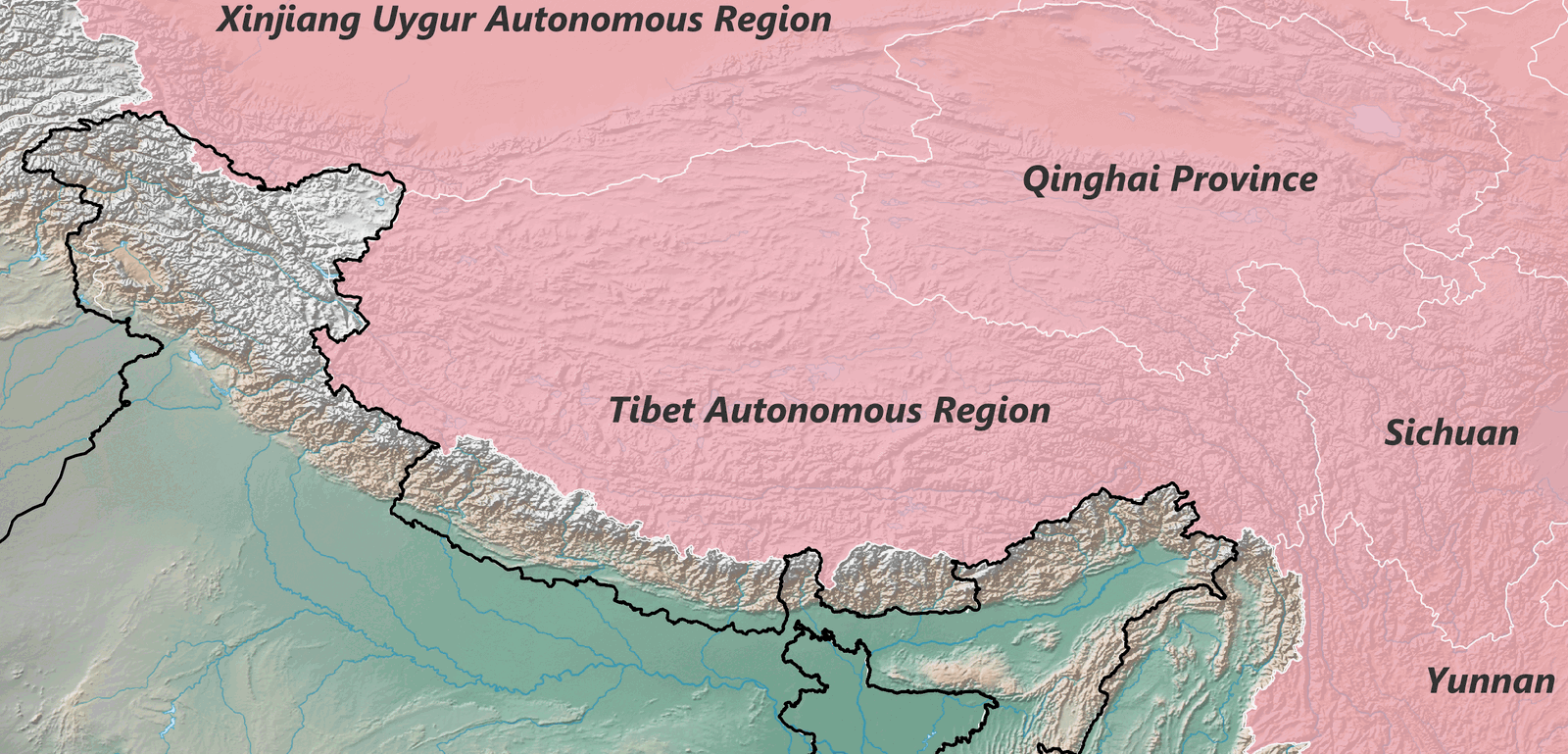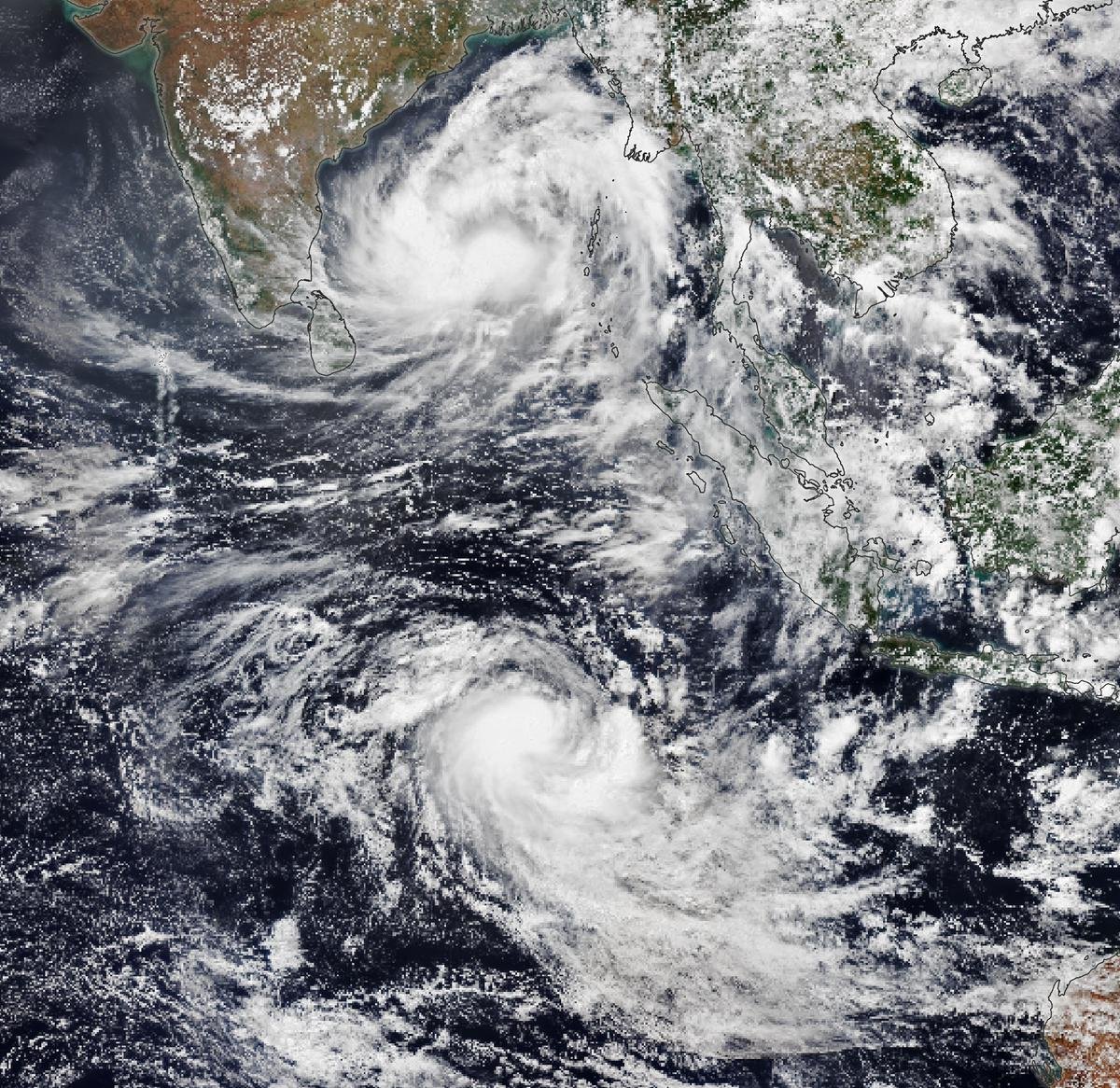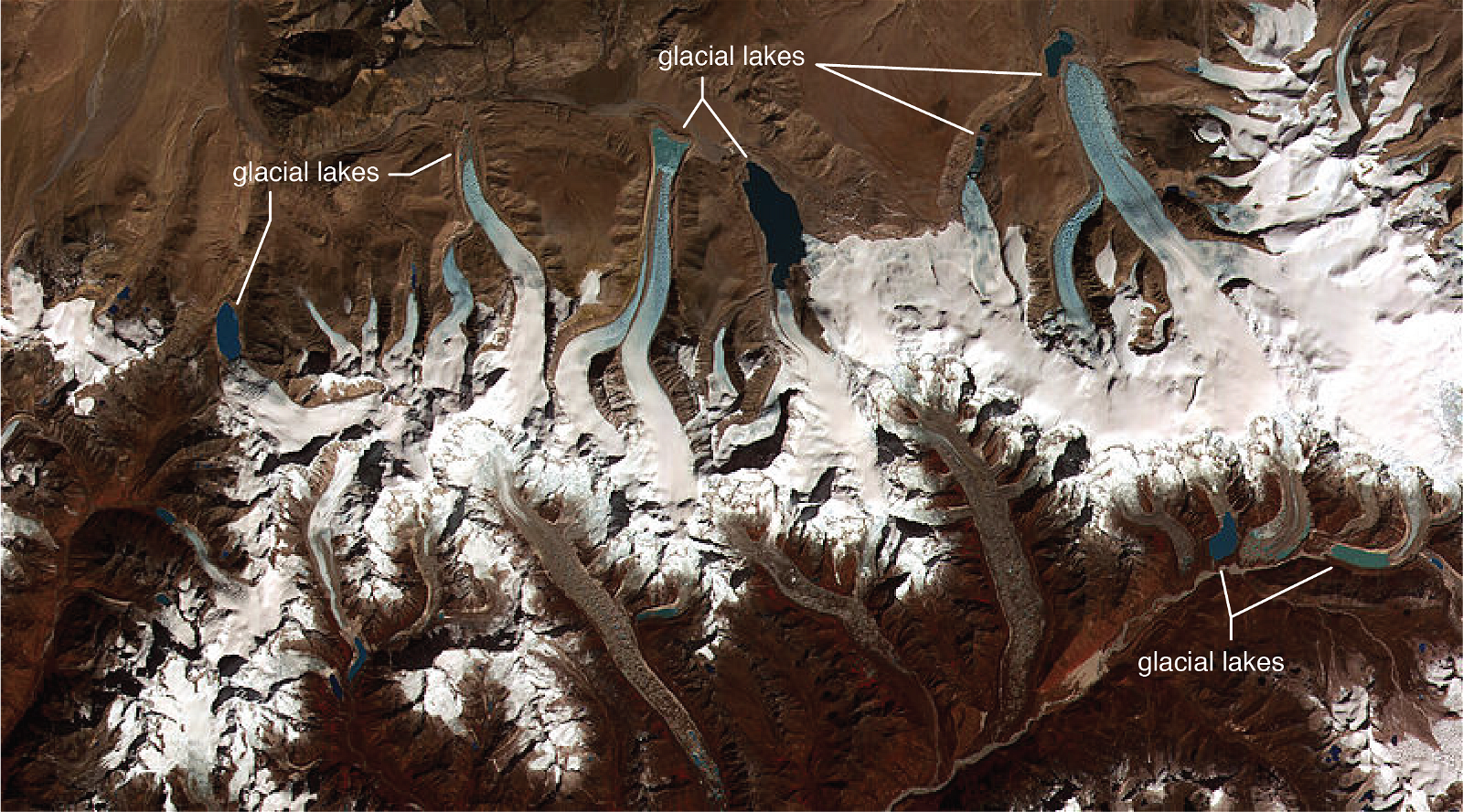
China-Tibet Dispute, Historical Ties, Seventeen Point Agreement
Subscribe to Never Miss an Important Update! Assured Discounts on New Products!
Must Join PMF IAS Telegram Channel & PMF IAS History Telegram Channel
China-Tibet Dispute
- Context (IE): China claimed Tibet was historically ruled as part of China. Tibet claimed that it was an independent state.

Historical ties between China and Tibet
- Tibet’s assimilation into China was established during the Yuan dynasty (1271-1368).
- It enjoyed considerable autonomy under the Yuan Dynasty.
- Following the fall of the Qing dynasty in 1911, the 13th Dalai Lama expelled Chinese troops stationed in Lhasa and declared independence in 1912, and Tibet essentially ruled itself until 1950.
Seventeen Point Agreement
- In 1950, China sent People’s Liberation Army troops to Tibet.
- In 1951, Tibet was occupied and annexed by the People’s Republic of China.
- In May 1951, Tibet and China signed the Seventeen Point Agreement.
- The agreement effectively subordinated Tibet to China.
- It handed over all international affairs to China and allowed China to “reform” the economy.
- China assured non-interference in domestic administration, Tibetan culture, and religion.
- China promised to maintain Tibet’s traditional government and religion.
- However, China did not adhere to these principles and instead began to destroy monasteries and enforce collectivisation. They also interfered in Tibetan life, from schooling to cultural beliefs.
- Because of the Chinese interference, resistance in Tibet grew, resulting in the 1959 revolt.
1959 Revolt
- In 1959, the Dalai Lama led an uprising against Chinese rule.
- China suppressed the revolt, and its hold over Tibet has been absolute since then.
- The Dalai Lama and most ministers fled to northern India and established government-in-exile.
- Dalai Lama rejected the Seventeen Point Agreement and proclaimed himself as Tibet’s sole legitimate representative.
- In 1965, the Chinese government established the Tibetan Autonomous Region (TAR).
Current Status
- Currently, Tibet is divided administratively into:
- Tibet Autonomous Region: controlled by China.
- Parts of the Qinghai and Sichuan provinces: Mostly self-governed.
- No significant Western power has officially recognised Tibet as an independent nation.





![PMF IAS Environment for UPSC 2022-23 [paperback] PMF IAS [Nov 30, 2021]…](https://pmfias.b-cdn.net/wp-content/uploads/2024/04/pmfiasenvironmentforupsc2022-23paperbackpmfiasnov302021.jpg)










